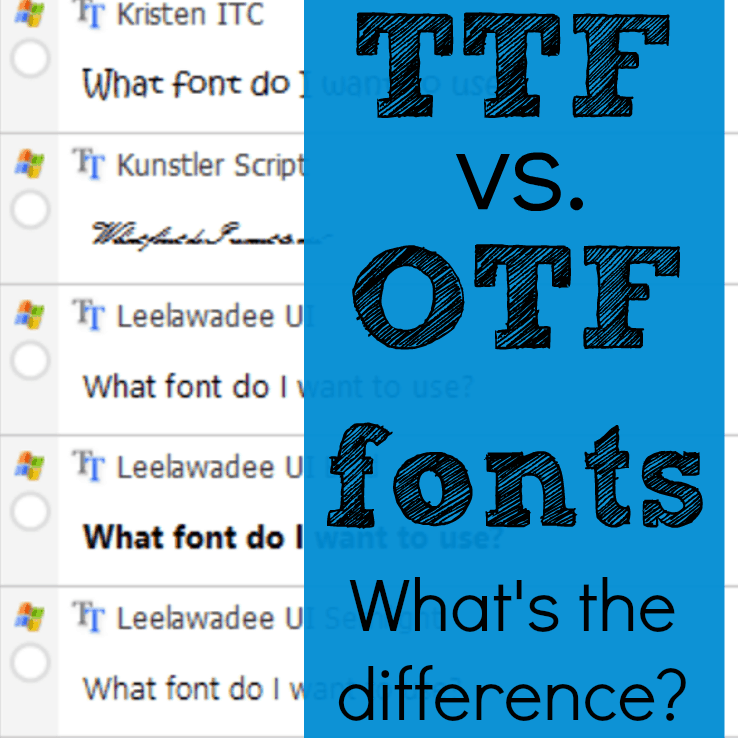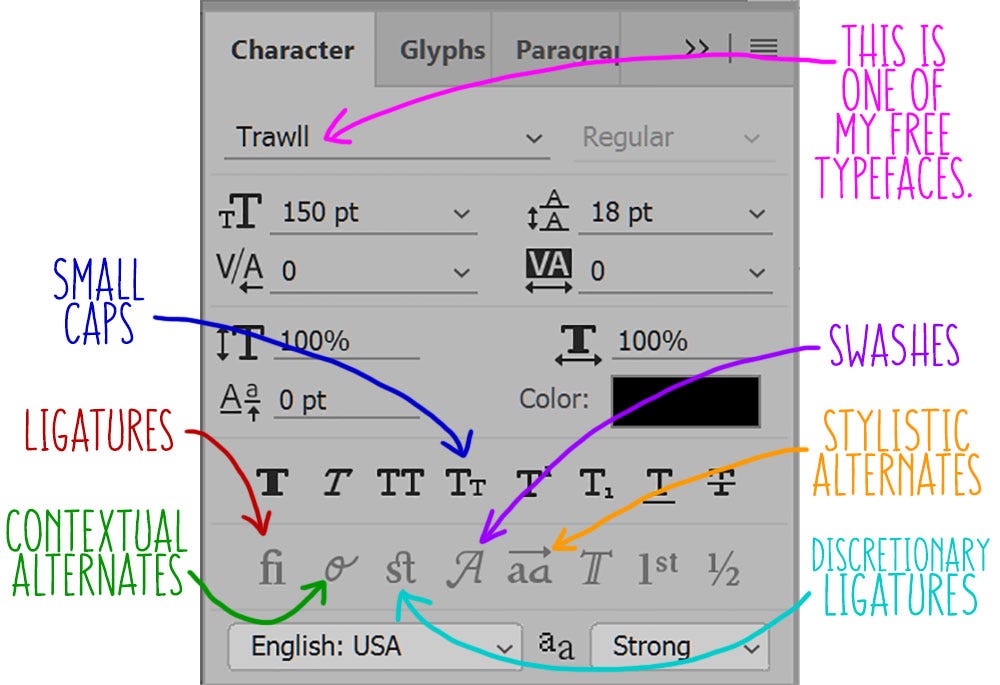

It is also sometimes referred to as "Open Font Format Specification" (OFFS).
Otf vs ttf web iso#
Adoption of the new standard reached formal approval in March 2007 as ISO Standard ISO/IEC 14496-22 (MPEG-4 Part 22) called Open Font Format (OFF, not to be confused with Web Open Font Format). Then, in late 2005, OpenType began migrating to an open standard under the International Organization for Standardization (ISO) within the MPEG group, which had previously (in 2003) adopted OpenType 1.4 by reference for MPEG-4. The name OpenType was chosen for the combined technologies, and the technology was announced later that year.Īdobe and Microsoft continued to develop and refine OpenType over the next decade. Needing a more expressive font format to handle fine typography and the complex behavior of many of the world's writing systems, the two companies combined the underlying technologies of both formats and added new extensions intended to address those formats' limitations. These efforts were intended by Microsoft and Adobe to supersede both Apple's TrueType and Adobe's Type 1 (" PostScript") font formats.

Adobe joined Microsoft in those efforts in 1996, adding support for the glyph outline technology used in its Type 1 fonts. Those negotiations failed, motivating Microsoft to forge ahead with its own technology, dubbed "TrueType Open" in 1994.
Otf vs ttf web license#
OpenType's origins date to Microsoft's attempt to license Apple's advanced typography technology GX Typography in the early 1990s.


 0 kommentar(er)
0 kommentar(er)
